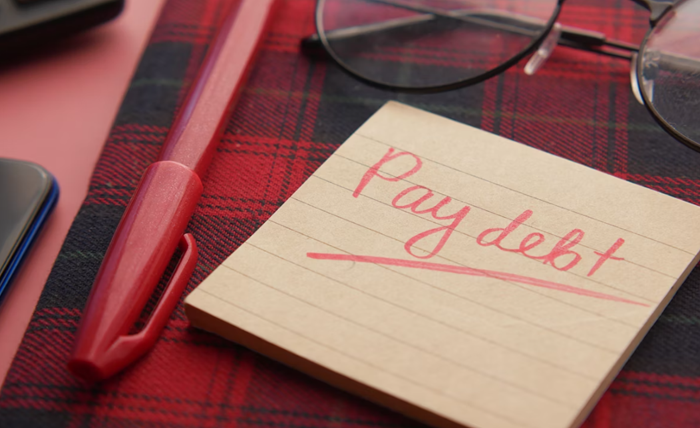There are many financial setbacks that people face in life, and many of different types, and some can be much greater than others. In fact, some setbacks can really pull you down and make it very hard for you to get back up. However, recovery from such setbacks is always possible, and it is also possible to bounce back much stronger.
Get a Clear Picture of Your Finances
The first thing you need to do is to get a clear idea of where you stand financially, so that you can start working on rebuilding yourself. Be as honest and realistic as you can be, and calculate all your monthly expenses, like your utility, rent, mortgage, and grocery bills, and then review all your assets by going over any stocks, savings, or investments that you may have or any other resources that may help you recover. Also, list down all your debts, credit card payments, and any other obligations that you may have so that you can know exactly where you stand.
Prioritize Immediate Needs
Keep aside some money for emergencies, if you do not already have an emergency fund set up. Prioritize all the necessities first. Make a list of all the bills that you need to pay, and pay them immediately, and then cut down on all the things that you can live without, such as streaming service subscriptions and gym plans, as these things only make your lifestyle better, but are not your needs. Also, prioritize all your debts based on interest rates and minimum payments, and pay off the ones that have high interest rates and can cause your debt to grow bigger.
Build a Debt-Reduction Strategy
There are many strategies that people employ when it comes to paying off debts, with some going for the debt snowball method, in which you pay off the smallest debt first, and then proceed to the next one, as it can give you a sense of progress and get you going. Or, you could go for the avalanche method, in which you rank all your debts based on their interest rates. Since a higher interest rate would mean more interest accumulated in the long run, it may be better to pay off those loans first.
Rebuild Your Safety Net
It may not seem possible when you are recovering, but you also need to replenish your emergency fund, if you have one. You could have probably used it up when you were going through the crisis, and may not have anything left, so start by adding to the fund on a monthly basis until it accumulates at least three to six months‘ worth of expenses. If you did not have an emergency fund set up already, then you probably have understood its importance in times of difficulty, so start setting it up again.
Look Toward Long-Term Stability
After you’ve successfully recovered financially and feel stable, it’s important to think about how to prevent similar setbacks in the future. One smart step is to invest in a retirement fund, which can provide support during times when you’re not working. Rather than relying on others, exploring retirement planning in Goodyear can help you develop a solid strategy to stay financially secure throughout your retirement years. You might also explore investment opportunities that generate side income or consider an unemployment insurance plan to ease the burden if you face another layoff or financial challenge.
Conclusion
While setbacks can break you, they also have the power to make you much stronger and make your position even better. You just need to have the willpower and the determination to come out of your troubles much stronger, and there will be nothing that can stop you from achieving all your goals and thinking of your setback as a small part of your huge financial journey.



